Looking to upgrade your driving experience? This article covers must-have car accessories that offer safety, convenience, and comfort. Discover the essential items that every driver should own to make every journey better.
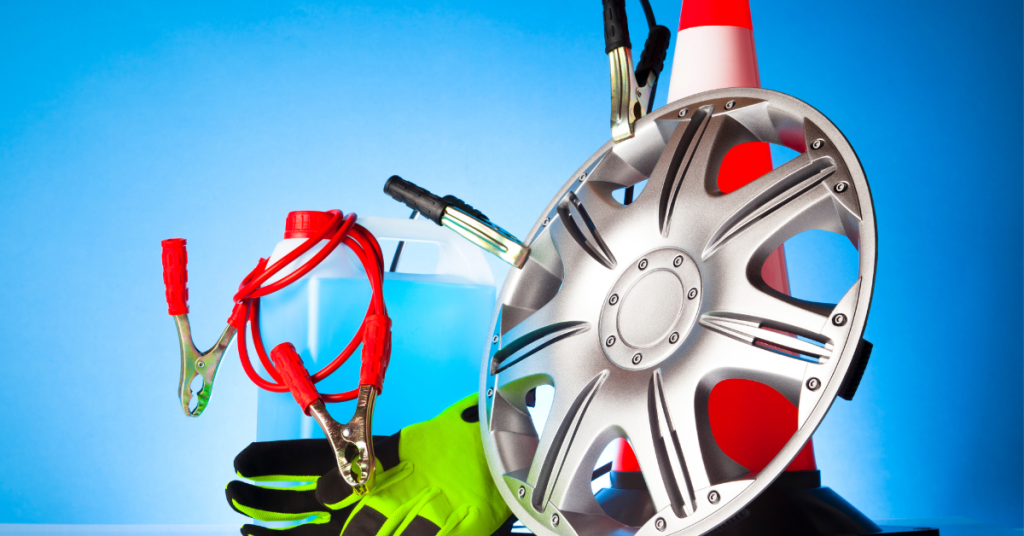
By understanding the consequences of weather damage in cars and taking necessary precautions, you can safeguard your investment and ensure your car remains in tip-top condition.
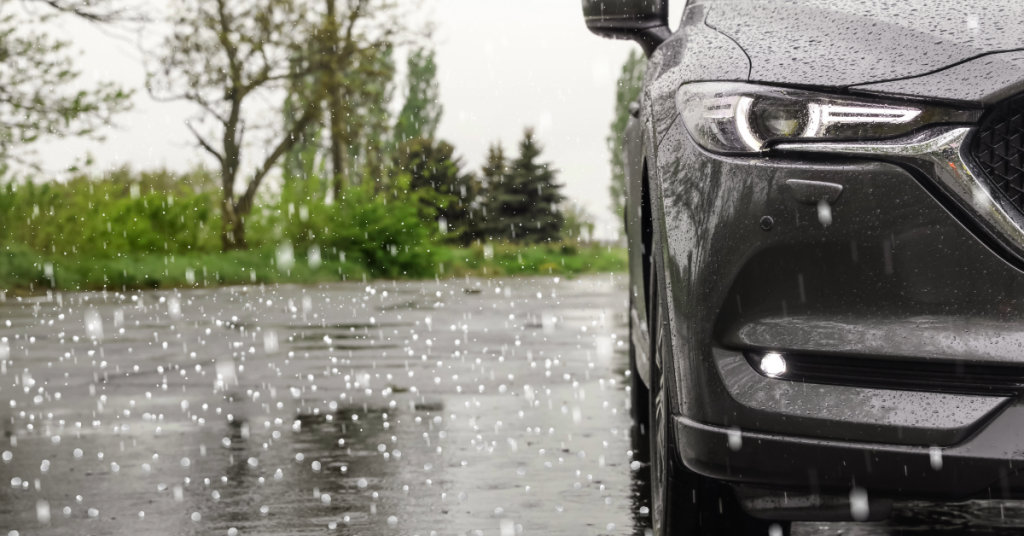
Consider the scenario where you find your car battered by hail, soaked in floodwater, or impacted by flying debris after a severe storm. Such weather extremes can cause a variety of damages to your vehicle, from dents and broken glass to compromised electrical systems. Being aware of the potential consequences is the first step in addressing the issues and mitigating further damage, as your vehicle may suffer damage in these conditions.
While it’s not always possible to predict or avoid storms, taking necessary precautions and knowing how to assess the damage can make a significant difference in maintaining your car’s value and safety. The sections below will detail the effects of hail, high winds, and flood damage on your vehicle, and offer measures you can take to safeguard your asset.
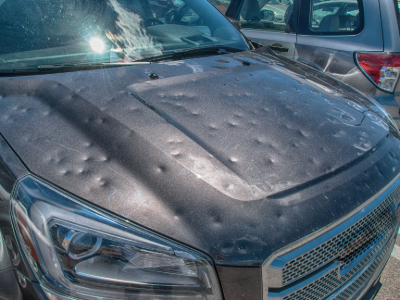
Hailstorms can cause more than just unsightly dents and dings on your car’s exterior. They can also lead to:
Promptly addressing hail damage helps prevent additional complications and potential safety hazards. Failing to address a small repair may result in a costly replacement as water can penetrate the chip and cause a larger crack.
Also, replacing mirrors after a storm is necessary to avoid any dangerous incidents.
High winds and high temperatures during a storm can transform seemingly harmless objects into dangerous projectiles, causing extensive damage to your vehicle. Storms can inflict heavy damage on vehicles. Falling trees, power lines, and flooding can be especially damaging, leading to a total loss in some cases.
Evaluating your car’s post-storm damage might seem overwhelming. But, with the help of professionals, you can get an accurate evaluation and quote for the necessary repairs. Promptly addressing wind-inflicted damage helps maintain your car’s value and safety.
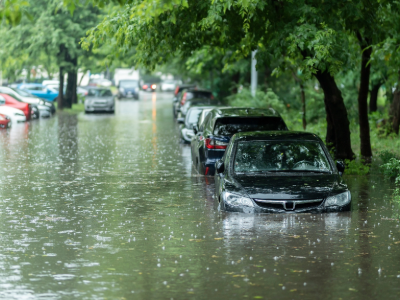
Flood damage during a storm can have far-reaching consequences for your vehicle. Water can infiltrate numerous components, including:
If your car has been exposed to floodwaters, disconnecting the battery and taking necessary steps to prevent further damage is important. Ensure you inspect all electrical components of your car after a storm to ensure their proper functioning and maintain your vehicle’s safety and performance.
After a storm, quickly assessing the damage, contacting your insurance company, and securing temporary protection for your vehicle is important. This will help you navigate the repair process more efficiently and minimize any potential risks to your car’s value and safety.
The sections below will cover assessing the damage, filing a claim with your insurance company, and securing temporary protection for your vehicle. Prompt action ensures a smoother recovery process and helps avoid further complications.
A proper assessment of storm damage on your vehicle involves considering factors like hail damage, window and body damage from high winds and flying debris, and potential electrical and mechanical issues due to flooding. It’s essential to perform a thorough inspection of your car to identify any damages that may require immediate attention.
When evaluating the damage, be sure to inspect the hood, doors, side panels, or trunk for dents, check for paint damage, evaluate the condition of the glass, mirrors, and lights, and assess if any mirrors or lights are missing or misaligned. Additionally, look for signs of flood damage such as water stains or discoloration on the carpeting or upholstery, a musty or moldy odor inside the car, and unusual odors or signs of water damage in the engine compartment or trunk.
After assessing the damage to your vehicle, promptly contacting your insurance company and filing a claim is important. This will initiate the claims process and help you obtain the necessary coverage for your storm-related repairs.
When filing a claim, be prepared to provide your insurance company with the following information:
This information will help streamline the claims process and ensure you receive the appropriate coverage for your storm-related repairs.
If your car’s windows have been damaged during a storm, securing temporary protection is important to prevent further damage and protect the car’s interior. Heavy-duty trash bags, plastic sheets, and clear plastic are recommended materials for covering broken car windows.
To ensure proper security and sealing, follow these steps:
This temporary solution will help protect the interior of your car until the window can be repaired.
Be sure to wear protective gloves and avoid covering the window with materials that may obstruct the view or interfere with the vehicle’s operation.
Comprehensive coverage, a key aspect of your car insurance policy, protects against various types of storm-related damage, including windshield cracks, body damage, and electrical failures. By understanding the scope of your comprehensive coverage, you can ensure you are adequately protected in the event of severe weather.
The sections below will cover what is included under comprehensive coverage and how deductibles and limits influence your financial responsibility for storm-related repairs. This information will help you make informed decisions when it comes to protecting your vehicle and managing repair costs.
Comprehensive insurance policies typically cover various types of storm damage, such as windshield cracks, body damage, and electrical malfunctions. This coverage can provide peace of mind, knowing that you’re protected in the event of weather-related damage to your vehicle.
However, it’s important to note that not all comprehensive policies are created equal. Be sure to review the specific terms and conditions of your policy to ensure you are adequately covered for the types of damage that may occur during severe weather events.
When it comes to storm-related repairs, your financial responsibility is determined by the deductibles and limits set forth in your insurance policy. The deductible is the amount you’re responsible for paying out of pocket before your insurance coverage kicks in, while the limit is the maximum amount your insurance policy will cover for the repair costs.
Typically, the average deductibles for comprehensive auto insurance policies are $250, $500, or $1,000. The typical limit on auto insurance coverage for storm damage is generally the cash value of your vehicle. By understanding your policy’s deductibles and limits, you can better manage the costs associated with storm-related repairs and ensure your vehicle is adequately covered.
Prompt repair of storm damage is key to maintaining your car’s value, safety, and performance. By addressing the damage quickly and choosing a certified repair shop, you can ensure quality workmanship and prevent further complications.
The sections below will offer tips for choosing a certified repair shop and discuss potential consequences of neglecting storm damage repairs. By taking these steps, you can ensure your vehicle is repaired safely and effectively.
Choosing a certified repair shop is key to ensuring quality and safety in repairing storm-related damage on your vehicle. Look for a shop that possesses ASE certifications, particularly the B-level certification for collision repair and refinish. These certifications demonstrate the shop’s knowledge and proficiency in dealing with storm-related damage.
To verify the certifications of an auto repair shop, double check if the shop is certified by the National Institute for Automotive Service Excellence (ASE) and investigate any other certifications or licenses the shop may possess.
Repair shops with experience in storm-related repairs are more likely to possess the necessary knowledge and expertise to effectively evaluate and address the particular damages caused by storms.
Neglecting storm damage repairs can have serious consequences for your vehicle. Not only can it result in additional damage and potential safety risks, but it can also significantly reduce the car’s value.
Quick and effective addressing of storm damage is essential to maintaining your vehicle’s safety and performance. By promptly repairing the damage and choosing a certified repair shop, you can prevent further complications and ensure your vehicle remains in optimal condition.
Safeguarding your car from extreme weather conditions is a responsibility that extends throughout the year. As the seasons change, so do the potential hazards your vehicle may face, from hail and high winds to heavy rain and flooding. By taking necessary precautions and performing regular maintenance checks, you can shield your car from the elements and maintain its value, safety, and performance.
The sections below will cover the benefits of using covered parking and car covers for protecting your vehicle from weather-related damage, and the significance of regular maintenance checks. By implementing these protective measures, you can ensure your car is prepared for the changing seasons and extreme weather conditions.
Utilizing covered parking and car covers can provide numerous advantages in safeguarding your vehicle from weather damage. Benefits include:
Several types of car covers are available to protect your vehicle from weather elements, including:
While car covers can offer some protection against small hail, they may not provide complete protection against larger hailstones.
In conclusion, protecting your car from weather-related damage is an ongoing process that requires vigilance, preparation, and timely action. By understanding the potential consequences of severe storms, taking necessary precautions, and addressing storm damage promptly, you can minimize the impact of extreme weather on your vehicle and maintain its value, safety, and performance.
Don’t let Mother Nature get the best of your car. Implement the tips shared in this guide, stay proactive, and ensure your vehicle remains in optimal condition, regardless of the weather. Keep your car safe from the wrath of the elements, and drive with confidence and peace of mind.
Storms can damage vehicles in multiple ways, including hail damaging the exterior and glass, flooding damaging the engine and interior areas, and wind driven debris causing further damage.
Buying a flood-damaged car is a risky investment and should be avoided. Water can cause significant damage to electronics, brakes, suspension, the engine and interior components of the vehicle, and it is possible to spot telltale signs that the vehicle has been submerged in water.
If your car is destroyed in a storm, you may be covered by comprehensive auto insurance which covers many types of non-collision damage, such as tree fall, flooding, hail, and animals.
To protect your car from hail damage, park it in a covered area or use a car cover for extra protection.

Looking to upgrade your driving experience? This article covers must-have car accessories that offer safety, convenience, and comfort. Discover the essential items that every driver should own to make every journey better.
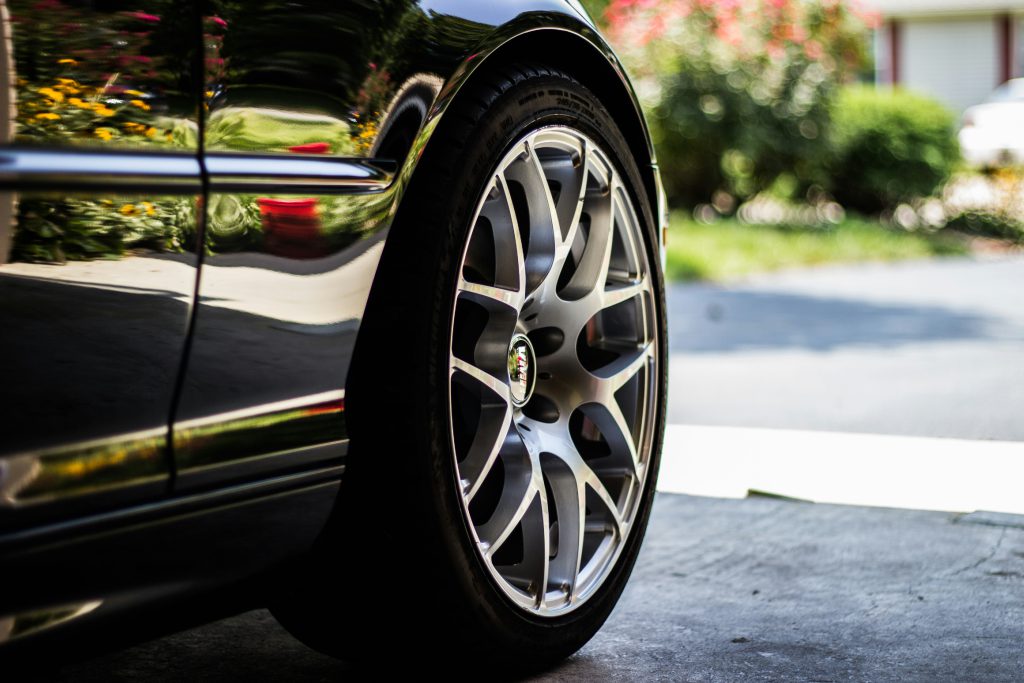
Is it time for a tire change? Discover the critical indicators for tire replacement, choose the right tires for your vehicle, and navigate the tire change procedure with ease. This article prepares you for a hassle-free tire swap, focusing solely on what you need to know.
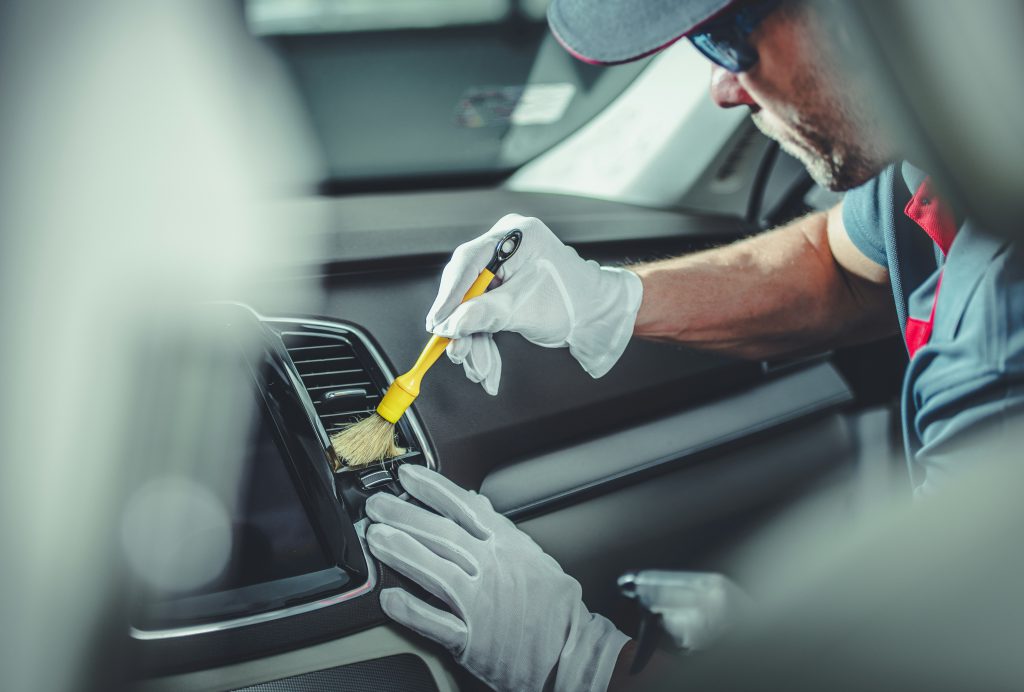
Looking for a straightforward guide to interior car cleaning? This article cuts through the noise to deliver practical tips and essential tools that will transform the look and feel of your car’s interior. From selecting the most effective microfiber towels to understanding the power of a quality vacuum and the versatility of all-purpose cleaners, we’ve got you covered. Dive in to discover how to make your car’s interior pristine with ease.
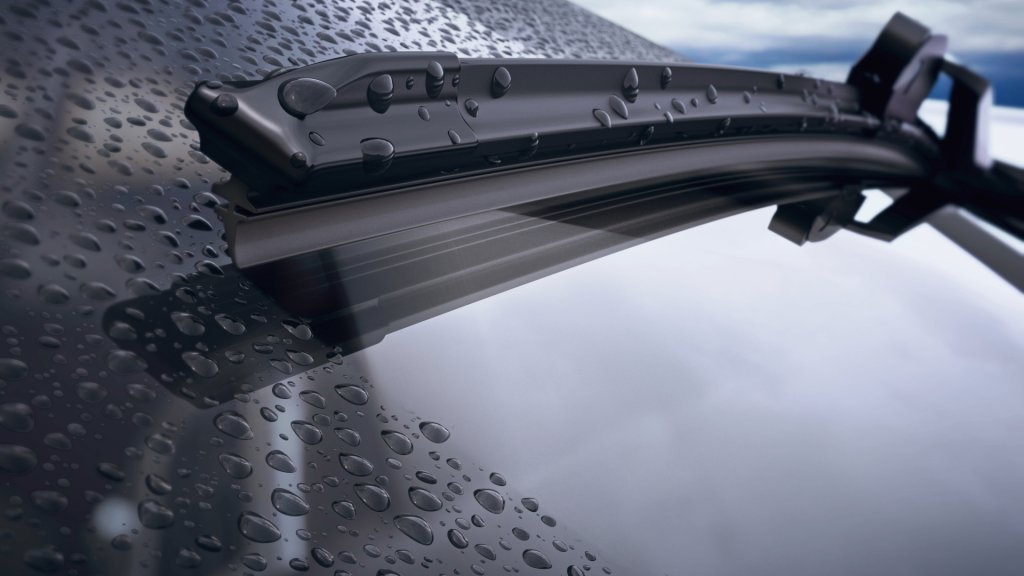
Choosing the right windshield wiper is vital for your driving visibility and safety. Our guide provides practical advice on finding the best fit, maintaining your wipers, and recognizing when it’s time for a replacement. Dive in for clear-cut answers to keep your view unobstructed, no matter the weather.
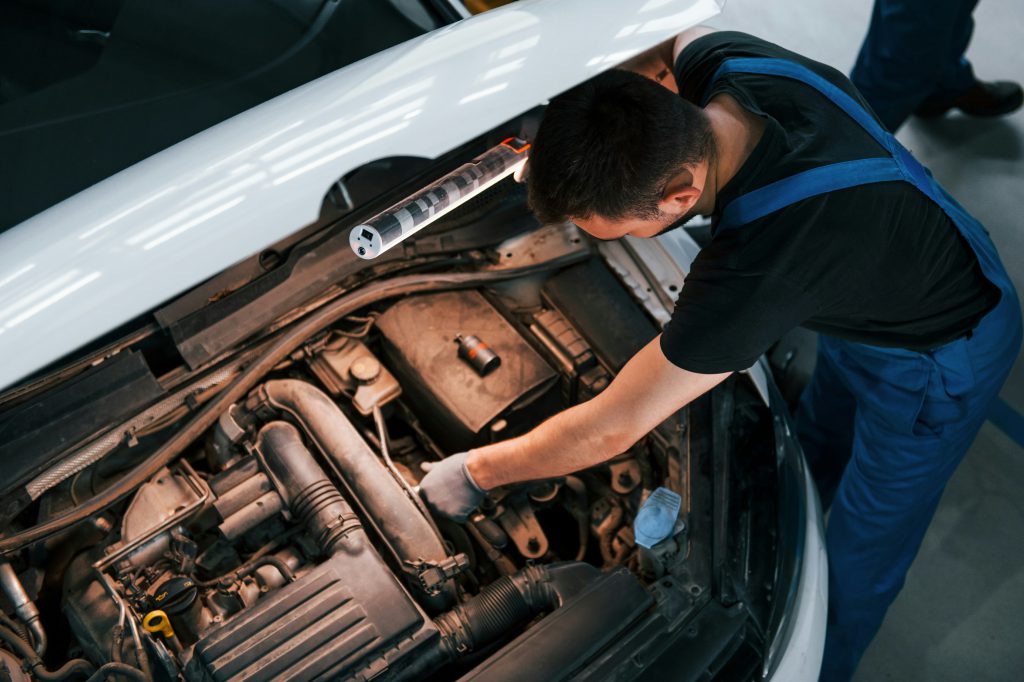
A well-maintained car is a safe, efficient, and reliable machine. But what key maintenance tasks are essential to keep your vehicle running smoothly for years to come? In this blog post, we will explore the importance of regular car maintenance, covering everything from engine oil checks to advanced care for longevity. So, get ready to learn how to keep your vehicle in tip-top shape and prevent costly repairs down the road.
